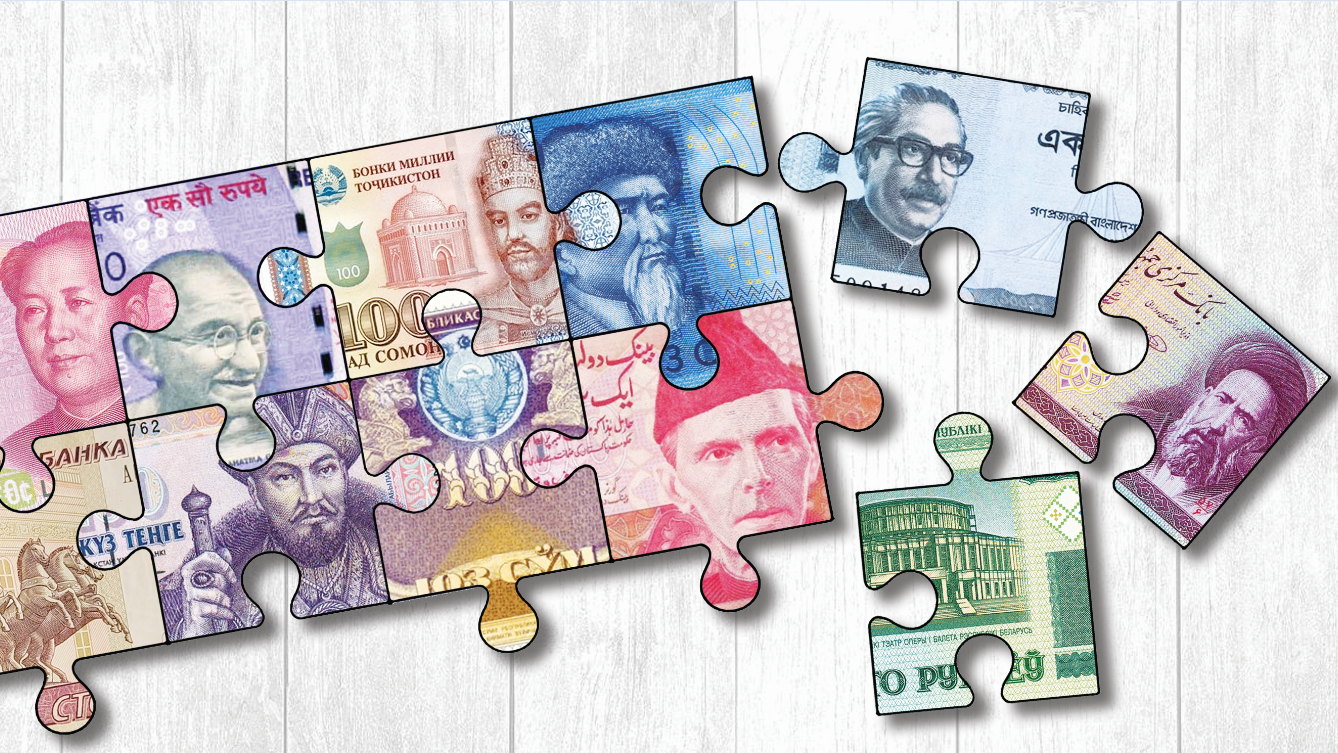The strategy is expected to ensure the smooth functioning of the forex market while modernising monetary and exchange rate policies by defining clear intervention objectives and operations
Illustration: TBS
“>

Illustration: TBS
The foreign exchange reserve of Bangladesh experienced a drastic drop in recent times due to domestic and international issues having an impact on forex demand and supply. Bangladesh has historically followed different exchange rate regimes.
From January 1972, just after the country gained independence, a fixed exchange rate framework was used. This was followed by a transition to a floating exchange rate regime in May 2003. Then most recently on 8 May 2024, the Bangladesh Bank introduced a Crawling Peg Exchange Rate System for spot purchases and sales of US dollars.
In the past few years there has been a lot of controversy about the appropriateness of the exchange rate system adopted by the country. However, the central bank has rolled out a more flexible exchange-management regime, styled Bangladesh Foreign Exchange Market Spot Reference Exchange Rate (RR), in its latest bid to bring stability to the overheated forex market.
This move will virtually end the inefficient crawling-peg introduced a few months back. In the existing crawling-peg system, there is a middle rate along with a band and the commercial banks are instructed to trade the US dollar within the precincts of the corridor. Under a crawling peg, there is mid-rate. But in the new system, there will be no official mid-rate or band to stick to.
Bangladesh Bank will make the reference rate based on the weighted average exchange rate. Of course, there will be a band, and the central bank will not disclose it as part of its strategy to monitor the market.
The central bank will publish the Bangladesh foreign-exchange-market spot reference rate and the foreign exchange dealers will have to conduct buy-sale operations centering on the reference rate set daily in tune with the previous average deals. It is a more flexible exchange rate system in the second step before allowing the exchange regime to break free from any intervention.
The reference rate provides a consistent benchmark for setting prices in contracts, determining interest rates, and standardising valuations in international trade. The exchange rate system evolves from the nation’s monetary order, which is the set of laws and rules that establishes the monetary framework in which transactions are conducted.
Market reference rate is an essential indicator used to value one currency against another at a specific point in time. While widely utilised by individuals, businesses, and banks for transactions and contracts, its importance extends far beyond simple currency exchange. The exchange rate management system is fixed or floating. A fixed exchange rate system is where the exchange rate gets determined by the central bank.
The exchange of two currencies may be transacted by exchange and reference rates are used to assess the value of a currency, serving different functions. Banks will be able to buy and sell dollars with customers or dealers at the “freely negotiated rate”.
The commercial banks will be instructed to report the actual rate of buying the greenback to the Bangladesh Bank daily and the central bank will make a reference rate twice a day based on the reporting on a regular basis.
Moving to this new exchange rate arrangement is itself a transitional step towards a flexible exchange rate, which will better support external macroeconomic balance, preserve reserve buffers, and improve efficiency of Bangladesh Bank’s monetary policy.
BB has outlined a foreign exchange intervention strategy to support the new exchange rate regime with a band as a step towards a more flexible exchange rate. It includes a reference exchange rate (RR). It is a transaction-based foreign exchange market benchmark and is calculated as the weighted average exchange rate of spot foreign exchange market transactions conducted by authorized dealers (ADs) for currencies where the Taka is used as the counterpart currency in the transaction.
The RR is a transactions-based forex benchmark and is calculated as the weighted average exchange rate of spot forex market transactions conducted by banks for currencies where the taka is used as the counterpart currency in the transaction.
BB declared that RR shall be on a transactions-based weighted average rate that comprises forex spot transactions that are settled at or above $100,000. The volumes traded at the respective prices will be used to calculate the weights in compiling the average.
The authorised dealer (AD) banks will start reporting their foreign currencies buy-sale transaction-related information through a template prescribed by the central bank’s forex reserve and treasury management department (FRTMD) from 5 January 2025. But BB will publish a daily benchmark reference rate, defined as the weighted average of freely quoted exchange rates in market transactions with customers and other dealers from 12 January 2025 onwards.
Moving to this new exchange rate arrangement is itself a transitional step towards a flexible exchange rate, which will better support external macroeconomic balance, preserve reserve buffers, and improve efficiency of Bangladesh Bank’s monetary policy.
RR will be published daily by the Bangladesh Bank through its website as the main source of publication. All local and international media agencies should refer to the website to retrieve information on FX spot trading in Bangladesh once it is published. The reference rate will be published twice daily — at 12:30pm and at 6pm on each business day.
The strategy is expected to ensure the smooth functioning of the foreign exchange market while modernising monetary and exchange rate policies by defining clear FE intervention objectives and operations. According to a new guideline issued, the strategy will serve as a transitional step towards greater exchange rate flexibility. It aims to enhance external macroeconomic balance, preserve reserve buffers, and improve monetary policy efficiency.
BB will closely monitor compliance with these guidelines and establish complaint cells led by senior officials. Any credible complaints or whistleblowing from the industry or affected clients will be thoroughly investigated. BB will periodically review the market turnover, market concentration and trade distribution metrics to develop additional measures, as needed, to ensure that the reference rate remains a reliable reference foreign exchange rate.
It may be noted that several factors influence the forex reference rate, including economic indicators such as inflation, interest rates, and GDP growth. Market dynamics, political events, and global developments also play a critical role in determining the value of currencies.
The political stability in a country is a key factor to influence the reference exchange system. On the other hand, monitoring of the system by the central bank is also crucial for the success of the new exchange control system.
Sketch: TBS
“>

Sketch: TBS


